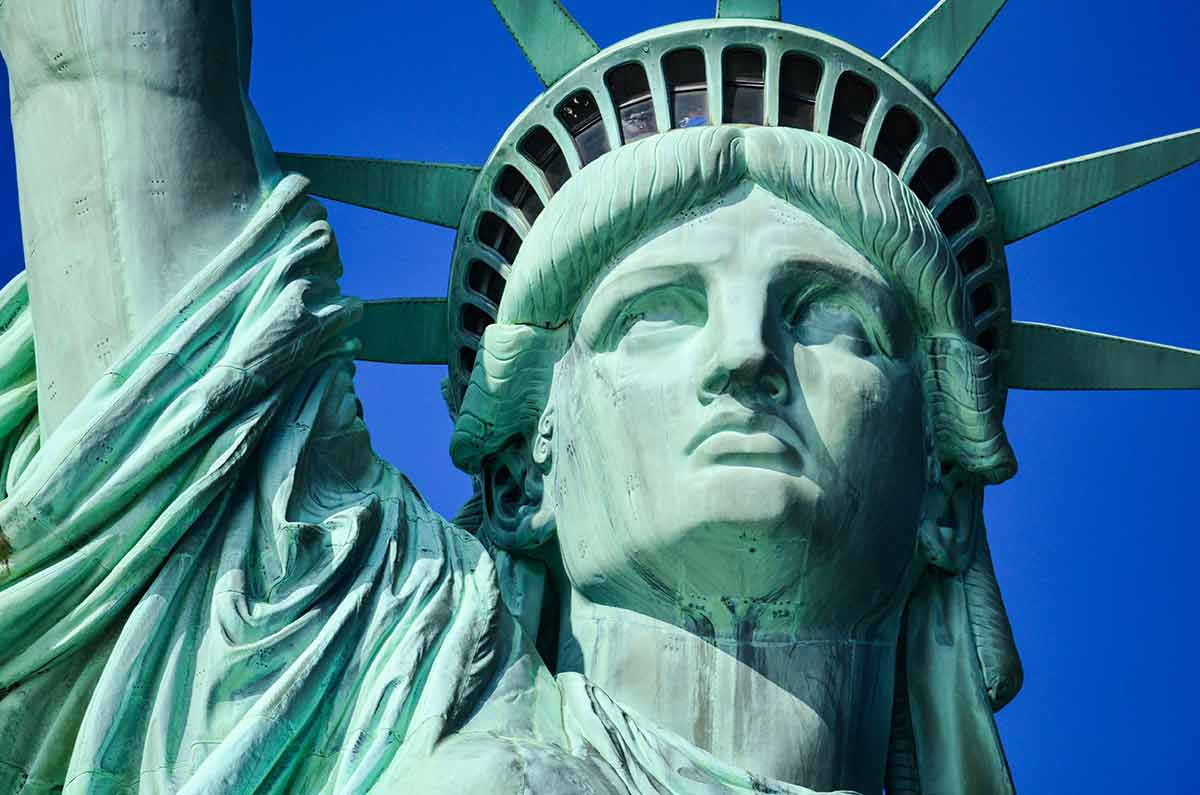New York State is an east coast state with stunning national parks to explore. Home to New York City, there are a variety of fascinating national parks in New York State, including monuments, trails and historical parks.
National Parks in New York State allow you to explore some big-name sites like the Ellis Island national monument and the Harriet Tubman National Historic Park. While you can find some of these attractions in New York City, there are many dotted around the state. So venture out of the Big Apple and see some more of the fantastic national parks New York State has to offer.
National Parks In New York State
National Monument
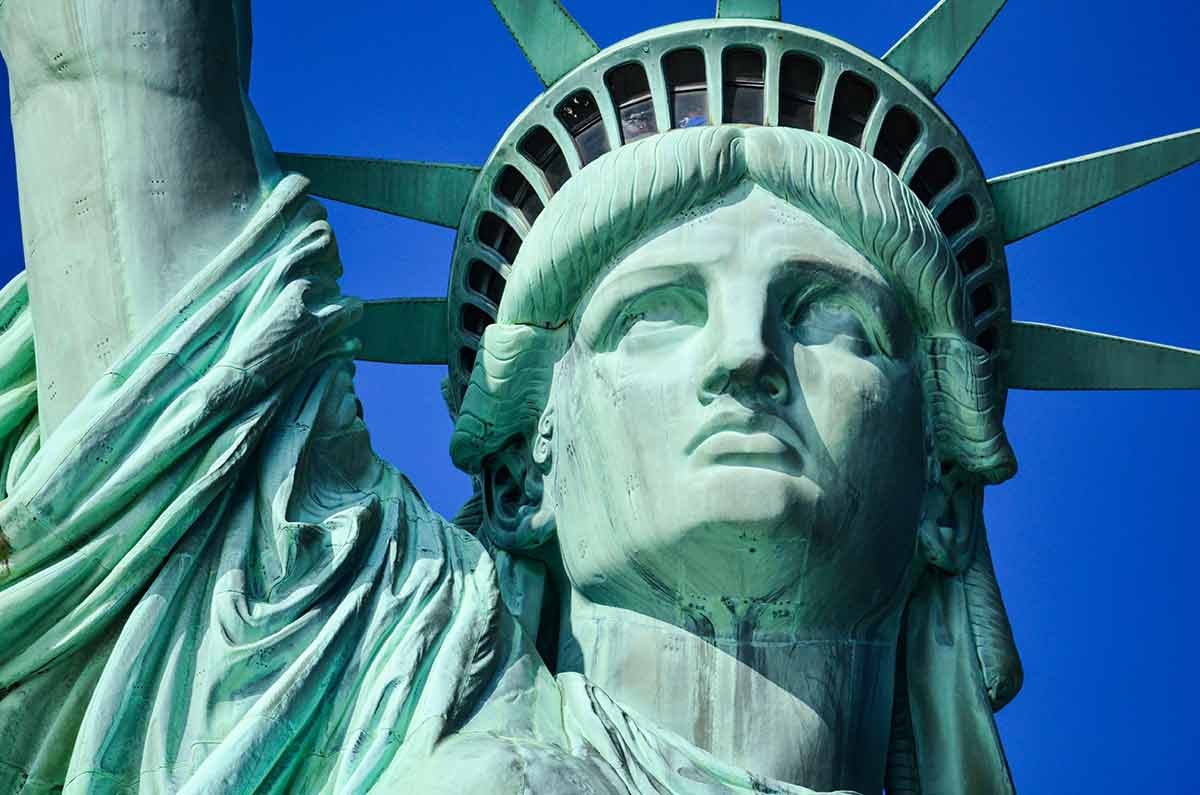
1- African Burial Ground National Monument
The African Burial Ground National Monument is the first of New York state national park service sites.
In 1991 the skeletal remains of around 15,000 African Americans were found when construction began on a new 34-story office tower at 290 Broadway in New York City.
This burial ground was believed to have dated back to the 1630s.
This harrowing national monument makes for an interesting stop when exploring the city.
There’s a visitors centre on site where you can learn about the burial ground through exhibits and artwork.
There is a memorial where you can pay your respects to those enslaved and the Africans who were buried here.
2- Castle Clinton National Monument
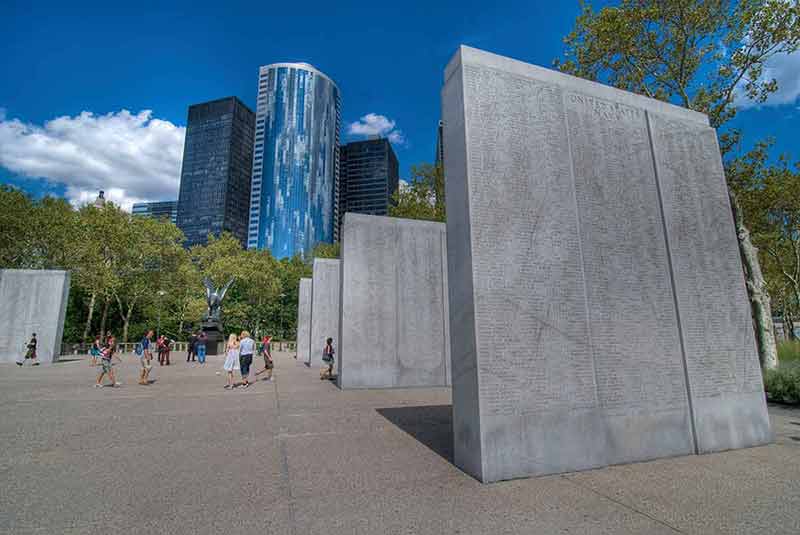
The Castle Clinton National Monument is another excellent place in Battery Park, Manhattan.
The castle was originally built to keep the British at bay in 1812 and is a medieval-style fortress dating back to 1808.
Castle Clinton is a complete juxtaposition to New York City and is an intriguing circle structure nearly demolished on six occasions.
Luckily it survived the demolition attempts and was rescued and protected by the National Park Service back in 1946.
3- Ellis Island (part of the Statue of Liberty National Monument)
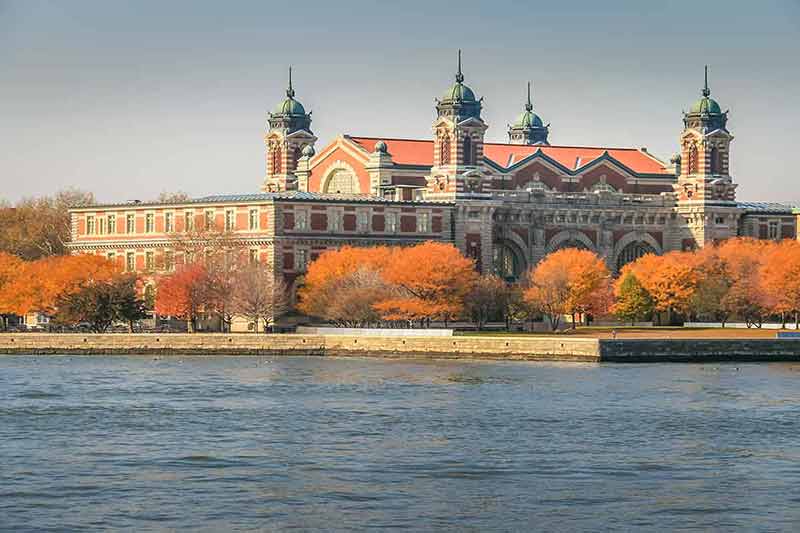
Between 1892 and 1924, around 12 million immigrants passed through Ellis Island.
This national monument is a symbol of American history, where people sought better fortunes in the “land of opportunities”.
Around 40% of the United States’ current population can trace their roots back to Ellis Island.
Ellis Island is a top New York City attraction, and today, you can visit the National Immigration Museum and walk around the former processing station.
You can look through their archival records to trace your family’s ancestry.
4- Fort Stanwix National Monument
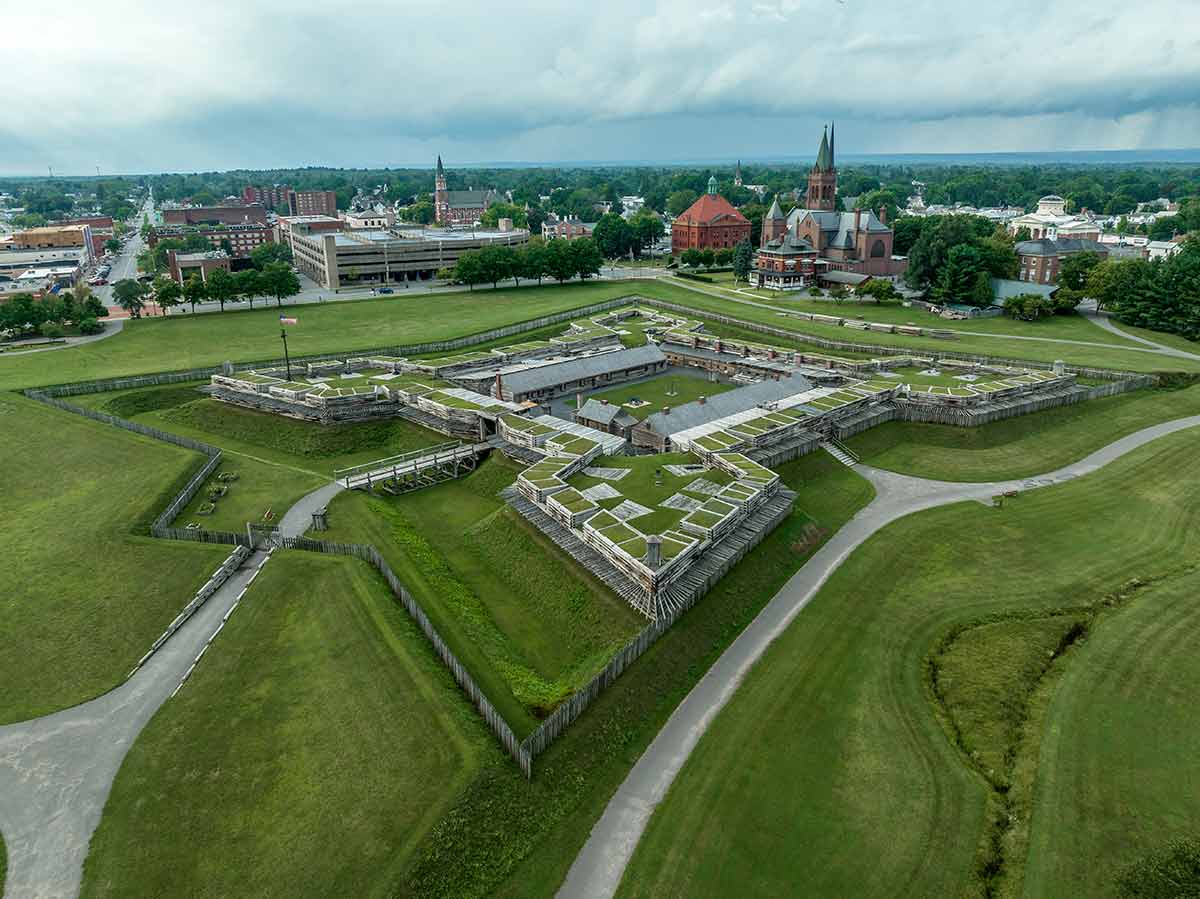
Another of New York States’ national monuments is Fort Stanwix in Rome.
Colloquially known as the “fort that never surrendered”, Fort Stanwix was known for preventing a long siege in 1777.
The defence of Fort Stanwix was crucial in thwarting the attempts of the British to take the northern colonies.
At Fort Stanwix, you can learn about the American Revolution.
First, head to the Willett Center, the site’s visitor centre, where you can learn more and then hike the three trails around the fort.
5- Governors Island National Monument
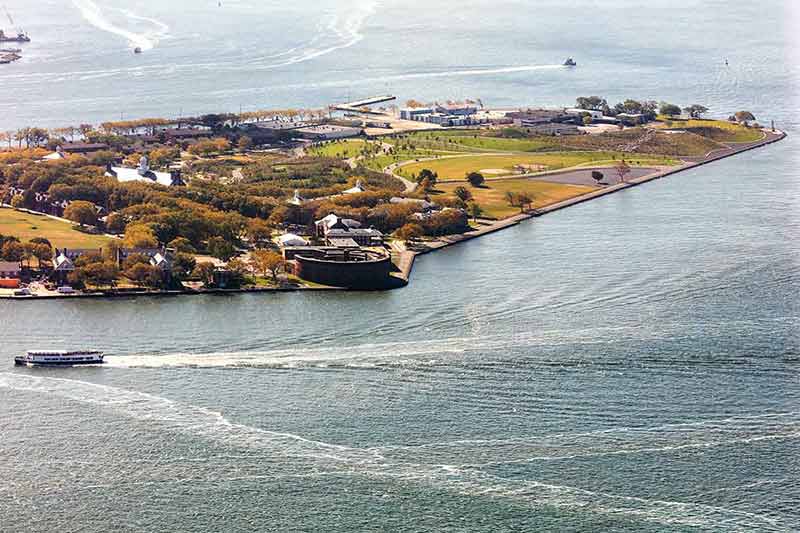
Governors Island in New York Harbor is a 172-acre (69 ha) island that is a cultural and artistic centre.
One of the longest-operated military bases in the U.S., it was run by the U.S. Army and then the U.S. Coast Guard before closing in 1996.
On Governors Island, there are two forts to explore, Castle Williams and Fort Jay.
These revolutionary fortifications are super interesting to explore.
You can also pick up a souvenir at the gift shop and find some good historic reads at the bookstore.
6- Statue of Liberty National Monument
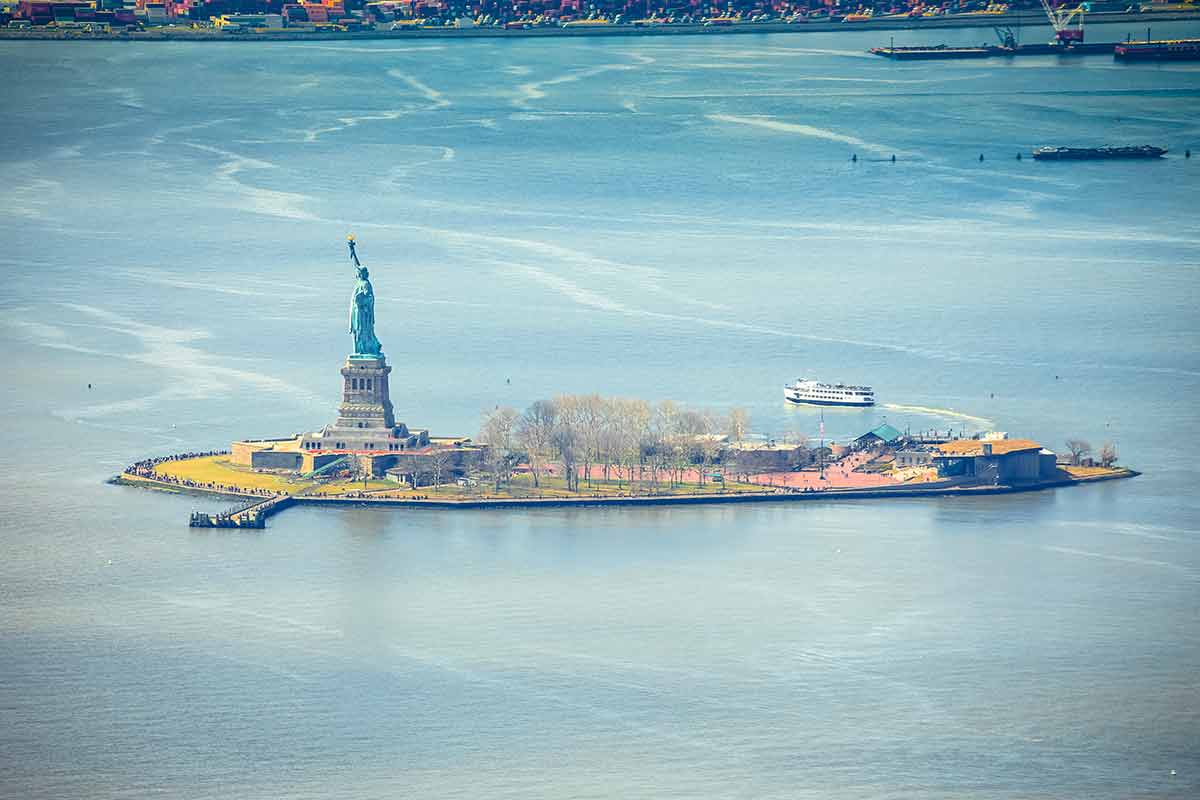
We all know about Lady Liberty, one of New York’s most famous landmarks, which was gifted from the people of France to the American people.
During the American Revolution, the Americans and French joined forces.
It was designed by French sculptors Frederic Auguste Bartholdi and Alexandre Gustave Eiffel (yes, the same man who designed the Eiffel Tower) created the statue’s framework.
7- Stonewall National Monument
Another of New York City’s national monuments is Stonewall.
Located on Christopher Street in West Village, this is a monument to the Stonewall Riots that started in 1969 when police raided a gay club, the Stonewall Inn.
This was the starting point of six days of protesting and clashes with police outside the bar.
The national monument is a new national park unit within Christopher Park.
There’s a small exhibit that details the events which unfolded in 1969.
For more about New York state, read:
National Scenic Trail
8- Appalachian National Scenic Trail
The Appalachian National Scenic Trail of A.T. is the world’s longest hiking-only footpath in the world.
It’s around 2,190 miles long and passes through 14 states.
New York’s section passes through the southernmost part of the state for 93.7 miles (151 km).
There are some excellent hikes along New York’s section of the A.T.
For something challenging, try the 16-mile (26 km) point-to-point trail near Warwick, New York, which takes around nine hours to complete
This is an excellent place to be among the trees, spotting different wildlife and enjoying the peace and quiet.
9- North County National Scenic Trail
The North County National Scenic Trail is a whopping 4,800 miles (7725 km) long and stretches from North Dakota to Vermont.
If you’re visiting New York, you can enjoy the 700 miles (1126 km) of trails within the state.
Hike sections of the North Country Trail and see historic forts, canals, the Finger Lakes and the famous Adirondack Park.
National Historic Trail
10- Captain John Smith Chesapeake National Historic Trail
Englishman Captain John Smith began exploring the Chesapeake Bay in 1607.
Between 1607 and 1609, Smith mapped and documented around 3000 miles of the Bay and its rivers.
You can explore the routes and places that John Smith first began documenting along the trail.
Along the trail, information boards display some of John Smith’s discoveries.
As well as being informative, this trail is also really beautiful.
It snakes through the New York countryside, eventually ending in Cooperstown.
11- Sagamore Hill National Historic Site
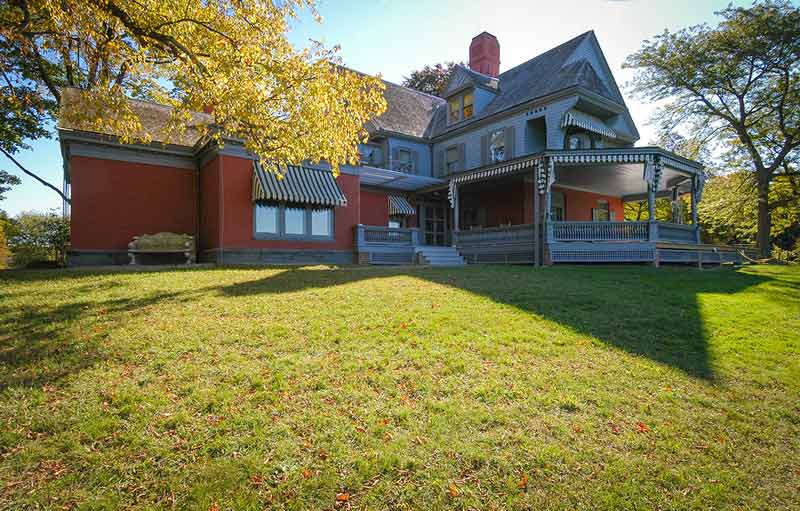
Sagamore Hill National Historic Site was where Theodore Roosevelt (the 26th president of the USA) lived between 1885 and 1919.
In the early 1900s, many historical events occurred at Sagamore, including visits from signatories that would help end the Russian Japanese War.
While at the site, you can visit the 23-roomed Victorian-style house that is furnished like it was when Roosevelt lived in the property.
The house sits on 95 acres (38 ha) of forest land and a salt Marsh and bay beach area.
12- Saint Paul’s Church National Historic Site
During the Revolutionary War, Saint Paul’s church n Mount Vernon was a neutral ground between the British and American forces.
Throughout the war, the church was a hospital, barracks for both armies, and a supply depot.
The church wasn’t finished because of the Revolutionary War, so in 1787 church services began in an incomplete church.
13- Washington-Rochambeau Revolutionary Route National Historic Site
This revolutionary route is a series of 680 miles (275 ha) of roads used in the continental army under George Washington and Jean-Baptiste de Rochambeau during the Revolutionary War.
This trail goes through 10 states from Providence, Rhode Island to Yorktown, Virginia.
National Historic Site
14- Eleanor Roosevelt National Historic Site and Franklin D Roosevelt National Historic Site
Located in Hyde Park, it’s here that you can learn the story of Franklin D. Roosevelt and America’s first lady, Eleanor Roosevelt.
You can learn about Eleanor and Franklin’s lives at this historic site, explore the Roosevelt home, and check out the nation’s first presidential library.
You can also visit Eleanor’s home Val-Kill Cottage and take a tour.
15- Lower East Side Tenement Museum National Historic Site
One of the most unusual New York national historic sites, the museum retells the story of the working-class residents who moved to New York City from across the country and worldwide.
This museum was home to around 7,000 people from over 20 nations between 1863 and 1935.
Their cramped living conditions, stories and history contribute to the representation of the immigrant experience you can see today in New York.
16- Martin Van Buren National Historic Site
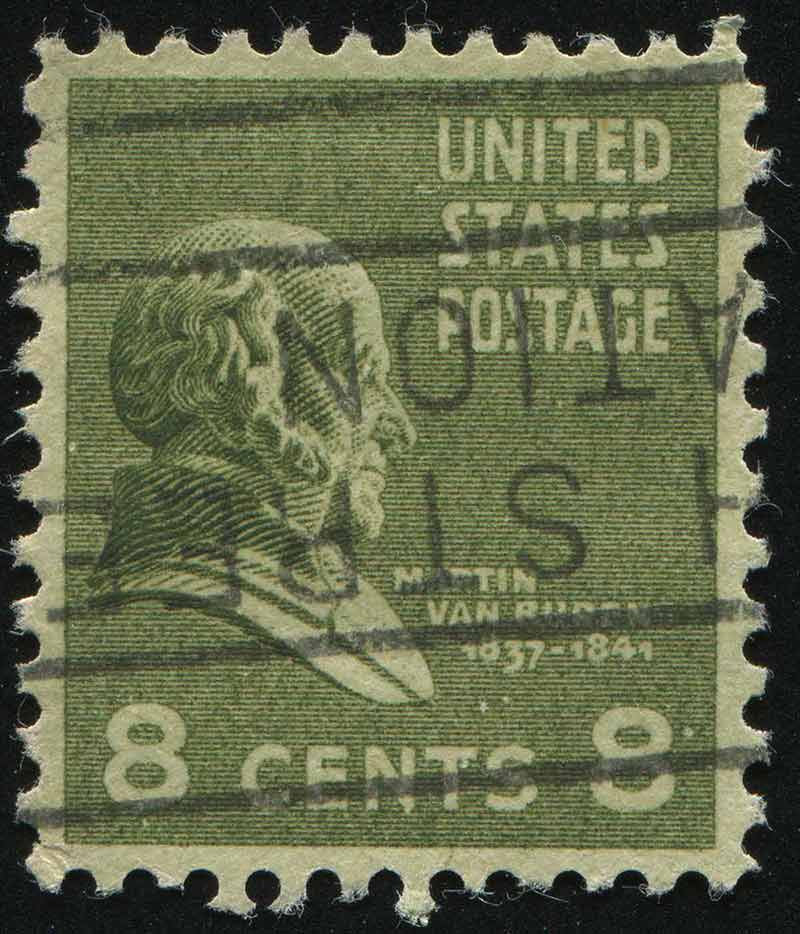
Martin Van Buren was the USA’s 8th president, a lawyer and statesman and had formerly been a U.S. senator, secretary of state and vice president of the United States.
Located in Kinderhook, New York, this historic site allows visitors to explore the former president’s home.
As well as seeing the rooms of his home, you can learn about his political career and family life.
As well as the house, there are also several trails you can explore to enjoy the beautiful surroundings of this national historic site.
17- Theodore Roosevelt Birthplace National Historic Site
The 26th U.S. president has a few national historic sites to his name.
His birthplace is at 28 East 20th Street in Manhattan’s Flatiron District.
This building is a replica of his exact birthplace and childhood home.
Step inside and see what it was like during the late 1800s.
You’ll learn much about Roosevelt’s upbringing and life at an early age.
18- Theodore Roosevelt Inaugural National Historic Site
Yet another national historic site dedicated to Roosevelt this site is in Buffalo, New York.
This site combines interactive exhibits and historically restored rooms documenting the 1901 inauguration.
You’ll learn about the issues that Roosevelt was facing as he began his presidency and how he was to overcome them.
19- Thomas Cole National Historic Site
Located in Catskill, New York, the Thomas Cole National Historic Site was the home and studio of painter Thomas Cole.
Cole founded the Hudson River School of American painting and was known for his landscape paintings inspired by the natural environment.
You can explore his home, studio, and art collection highlights at this historic site.
The Hudson River Skywalk is a short walk away from this historic site.
20- Vanderbilt Mansion National Historic Site
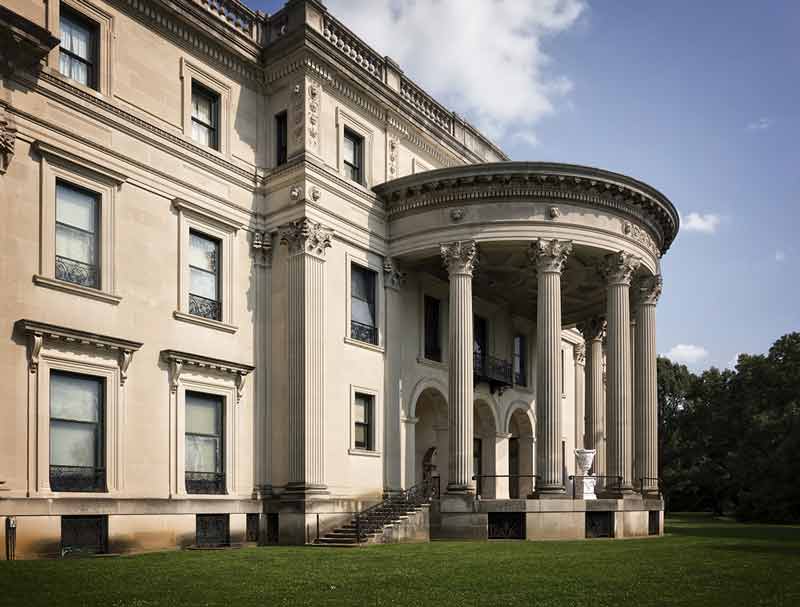
The Vanderbilts were one of the first wealthy families in America.
The Vanderbilt Mansion was built to express the lavish aristocratic lifestyle experienced by few at the time.
Located in Hyde Park, you can visit this former seasonal residence and marvel at its grandeur.
From the exotic wood panelling to extravagant velvet, this mansion is filled with tapestries and European antiquities.
You can download an APP and take an enjoyable self-guided audio tour when you arrive at the house.
National Memorial
21- Federal Hall National Memorial
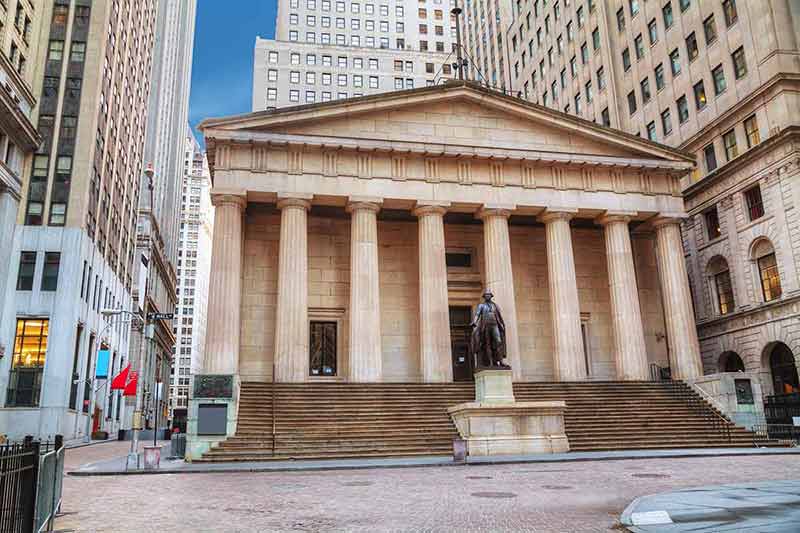
The United States government used to operate from New York City.
At Federal Hall, George Washington took his oath as the first president of the United States.
Federal Hall was a place of firsts, the location of the first Congress, Supreme Court, and Executive Branch offices.
Head to 26 Wall Street in Manhattan’s Financial District today, and you’ll see that Federal Hall is now a Customs House.
You can enter this building and explore the museum and memorial honouring George Washington.
22- General Grant National Memorial
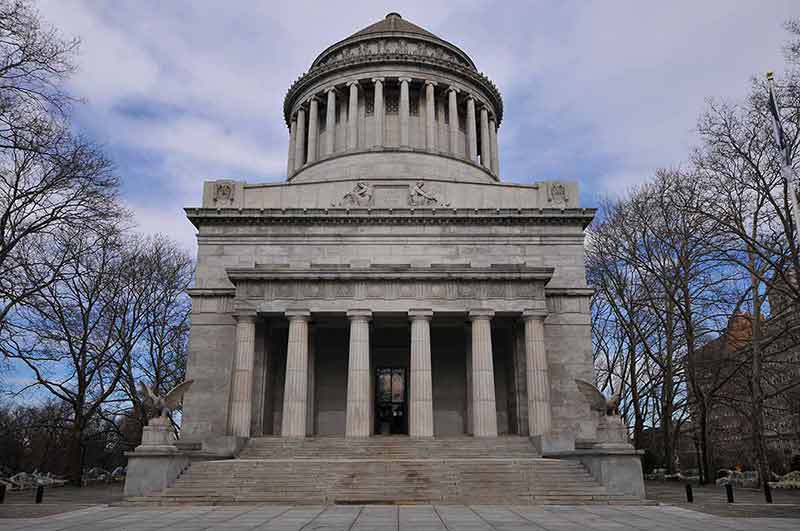
The 18th U.S. president, Ulysses S. Grant, was also the commander of the Union Army during the American Civil War (1861-1865).
This national memorial marks his final resting place and this site houses the largest mausoleum in North America.
While at this national memorial, watch a film about Grant’s life entitled “A Legacy of Freedom”.
There is also an exhibition gallery showcasing major events in Grant’s life.
23- Hamilton Grange National Memorial
This national memorial is a national park service site in Manhattan’s St. Nicholas Park.
Also known as the Hamilton Grange Mansion, this site preserves the relocated home of the United States’ founding father, Alexander Hamilton.
This memorial has an interactive exhibit, and you can explore the restored rooms of his former home.
National Seashore
24- Fire Island National Seashore
The Fire Island National Seashore is an excellent place to enjoy the fresh air and coastline.
Fire Island is a long barrier island along Long Island Sound, just outside of New York.
Whether you are looking to go boating, canoeing, fishing, or hiking along the nature trails, there’s something fun to do on Fire Island.
You can also visit the Fire Island Lighthouse and the William Floyd Estate.
Want to extend your day trip? Why not take your camping gear and visit the campground at Watch Hill, right behind the dunes.
National Historic Park
25- Harriet Tubman National Historic Park
This National Historic Park was established in 2017 in Auburn, New York.
Tubman lived and worked in the park, caring for her family and other formerly enslaved people looking for a safe haven.
Harriet Tubman was named “Moses of her People” for leading 300 people out of slavery.
This national historic park is dedicated to preserving Tubman’s legacy and showcasing her work to those who visit.
There is a visitors centre at the park, Harriet Tubman Residence and Tubman Home for the Aged, all of which you can explore.
26- Saratoga National Historic Park
Saratoga National Historic Park is significant because the Battle of Saratoga was a turning point during the American Revolution.
It helped the Patriots gain major traction and confidence and resulted in the French, Spanish and Dutch joining their fight.
While at the Saratoga National Historic Park, you can tour the Philip Schuyler Country Estate.
This estate was built in 1777 as a plantation, and there are fun activities, including taking a bike ride along the tour road.
You can also climb the 188 steps to Saratoga Monument, where at the top, you’ll be treated to beautiful views and visibility of up to 30 miles (48 km) on a clear day.
There’s also the Wilkinson Trail, where you can walk the same tracks that the Patriots and Tories walked.
27- Women’s Rights National Historic Park
The Women’s Rights National Historic Park at Seneca Falls documents the story of the Women’s Rights Convention held in 1848 in Seneca Falls.
At the park, there is the visitor’s centre, the historic homes, and the Wesleyan Chapel.
While the historic homes open seasonally, the park grounds are open year-round.
You can learn more about the 19th-century women’s rights reformers and the global struggle women have faced in the fight for equality.
If you love exploring national parks, you might like to read:

